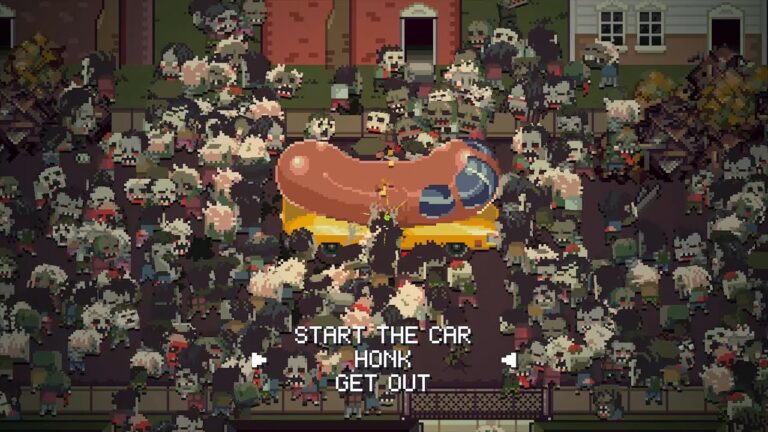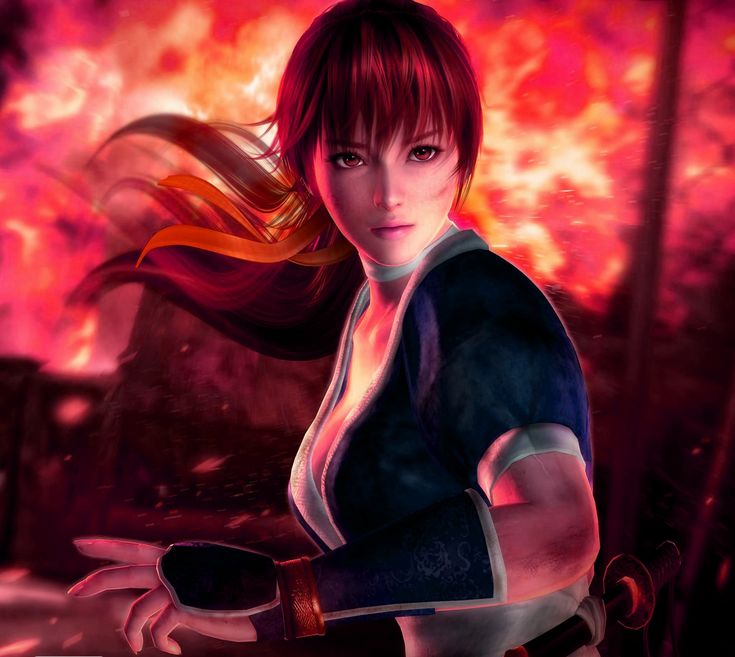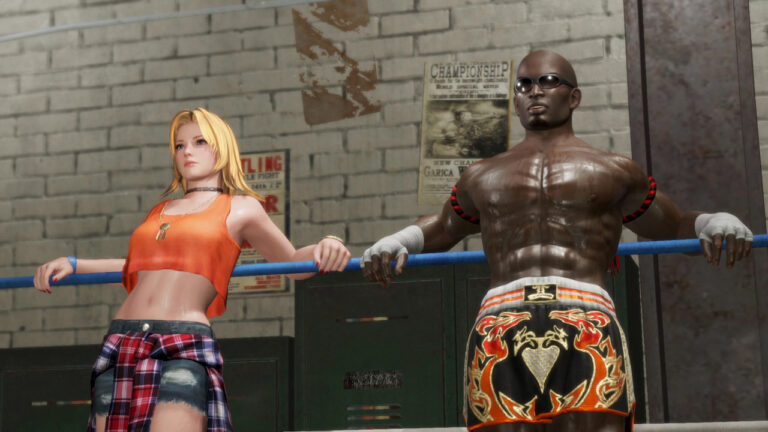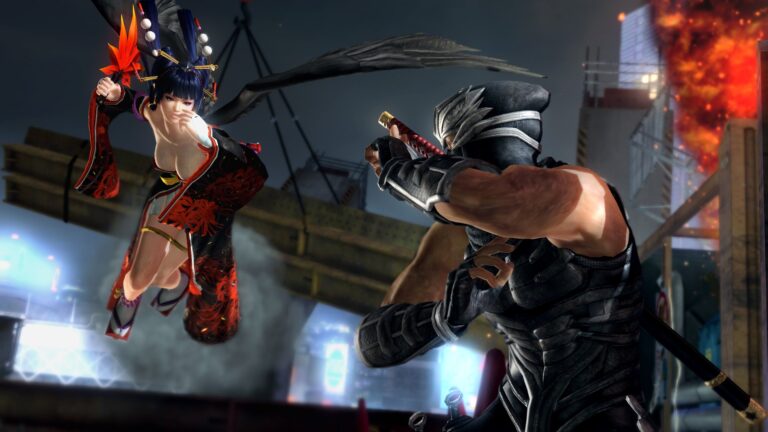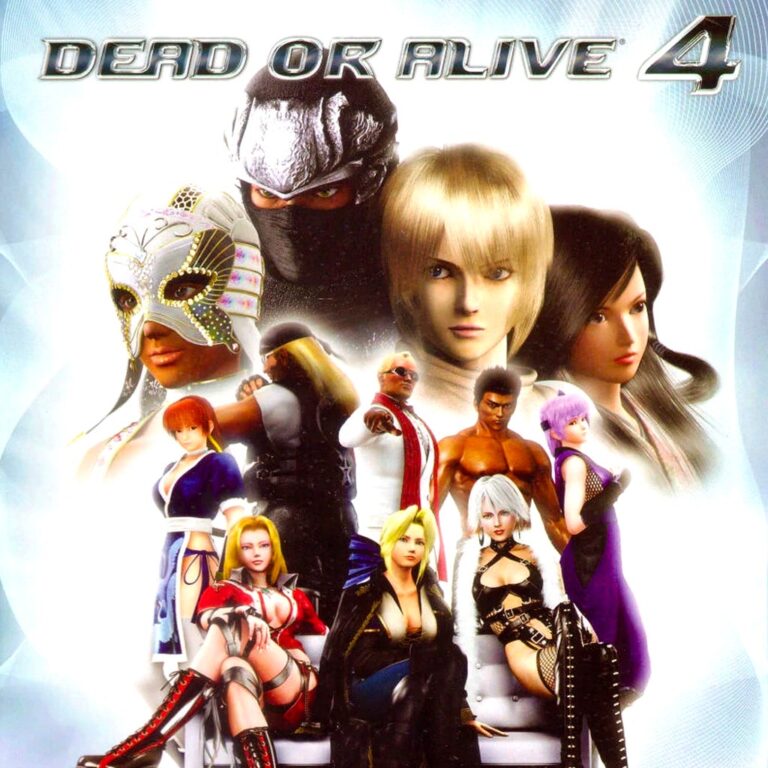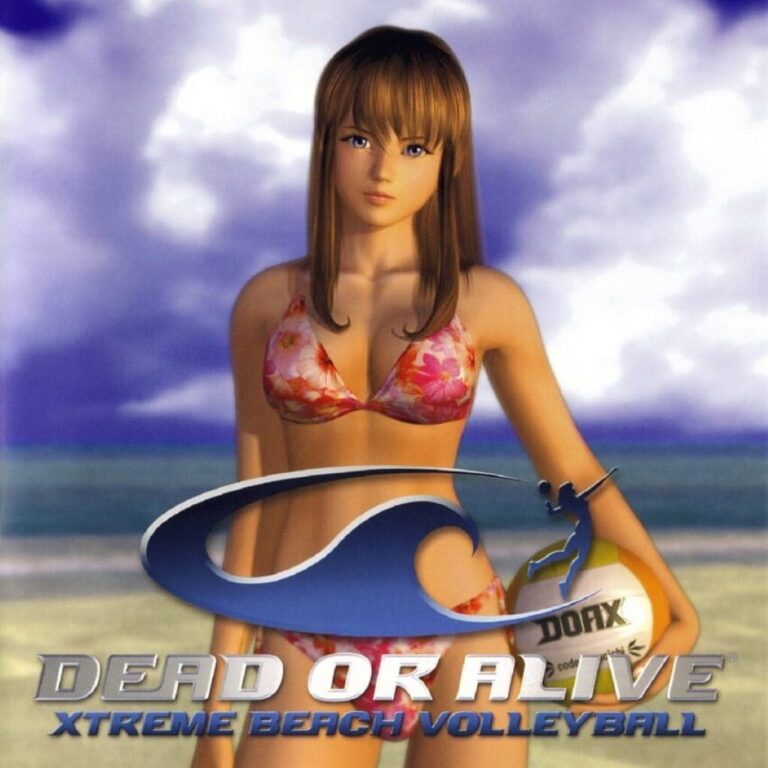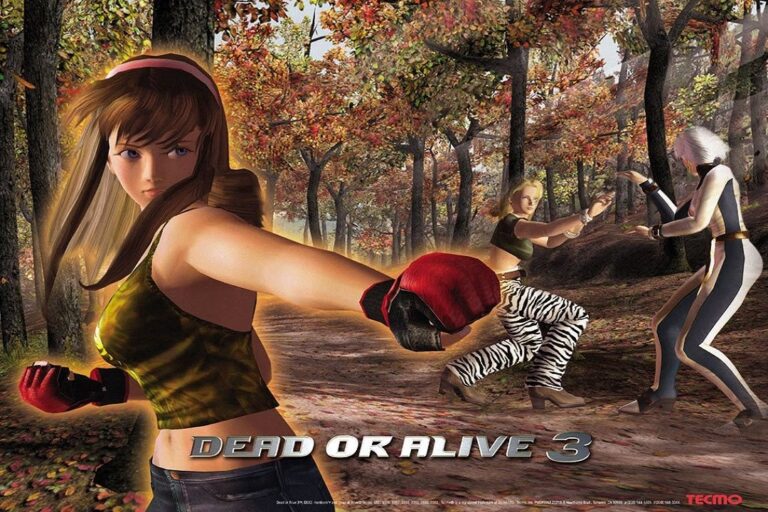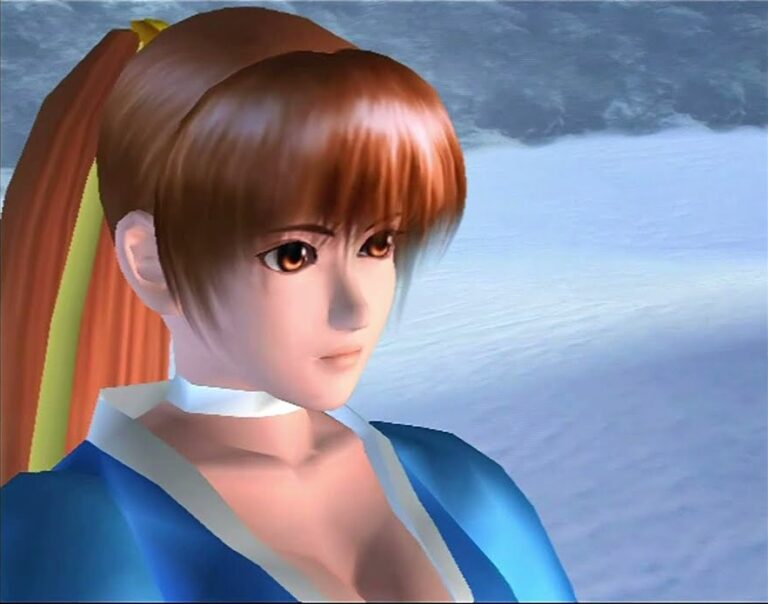Lately, I’ve been seeing people on social media posting Topsters lists of their favourite video games, which...
video games
Whoo, that was quite the journey I just went through. Dead or Alive is such a weird...
Welcome back to the Dead or Alive Love/Hate series! For this final entry, we’ll be looking at...
Welcome back to the Dead or Alive Love/Hate series! In this entry we’ll be looking at the...
Welcome back to the Dead or Alive Love/Hate series! In this entry, we’ll be looking at Dead...
Welcome back to the Dead or Alive Love/Hate series! In this entry, we’ll be looking at Dead...
Welcome back to the Dead or Alive Love/Hate series! In this entry, we’ll be taking another detour,...
Welcome back to the Dead or Alive Love/Hate series! In this entry, we’re covering Dead or Alive...
Welcome back to the Dead or Alive Love/Hate series! In this entry, we’ll be looking at Dead...
Welcome back to the Dead or Alive Love/Hate series! In this entry, we’re covering the first game...
Welcome back to the Dead or Alive Love/Hate series! In this entry, we’re going to be covering...
Welcome back to the Dead or Alive Love/Hate series! In this entry, we’ll be moving onto the...
Dead or Alive has basically become a meme around IC2S. I wouldn’t even count any of these...
Back in the mid-2000s, I came across a somewhat-famous flowchart which purported to illustrate the hierarchy by...
